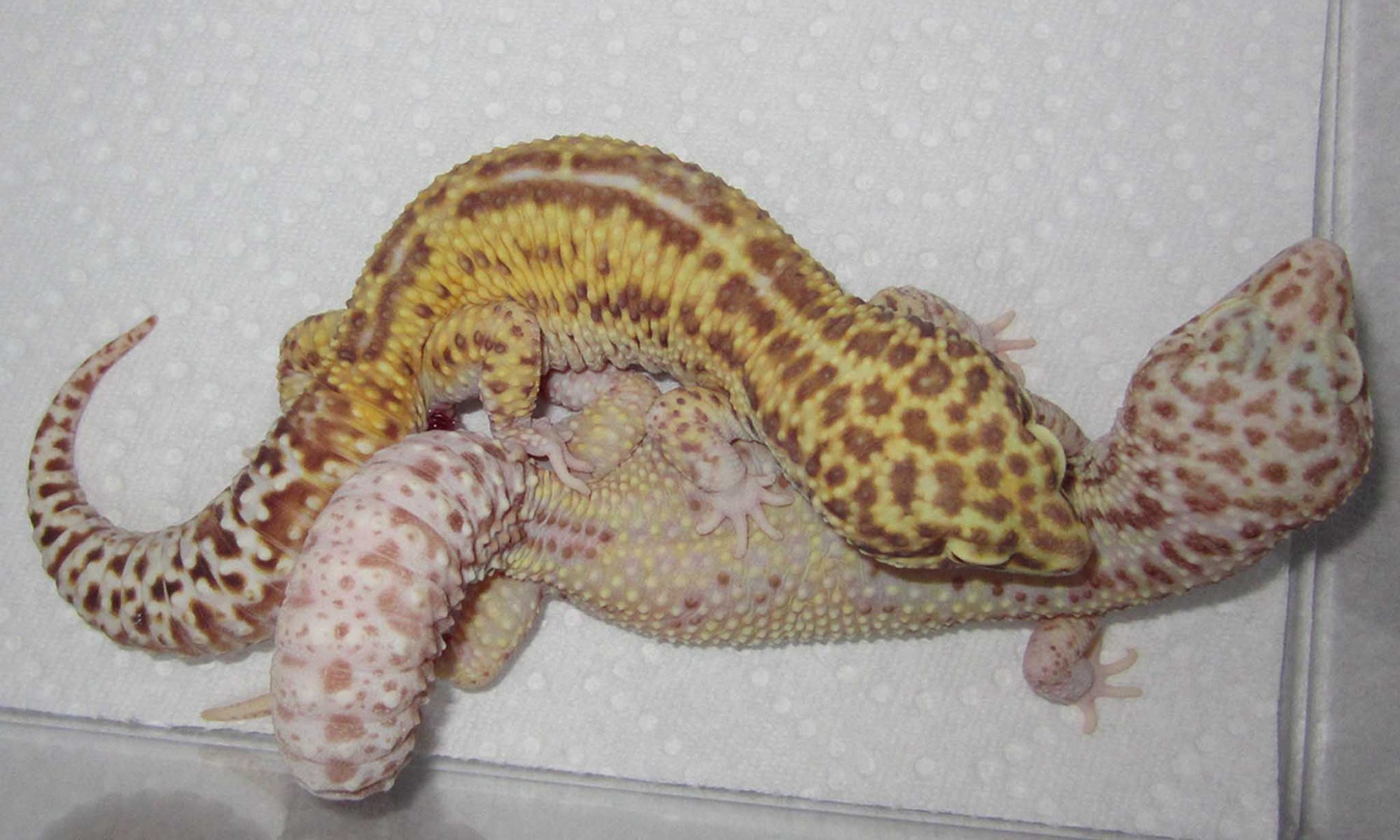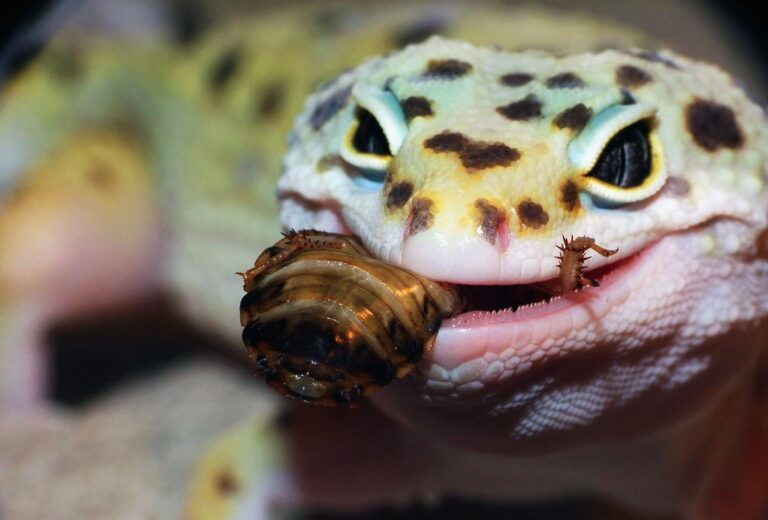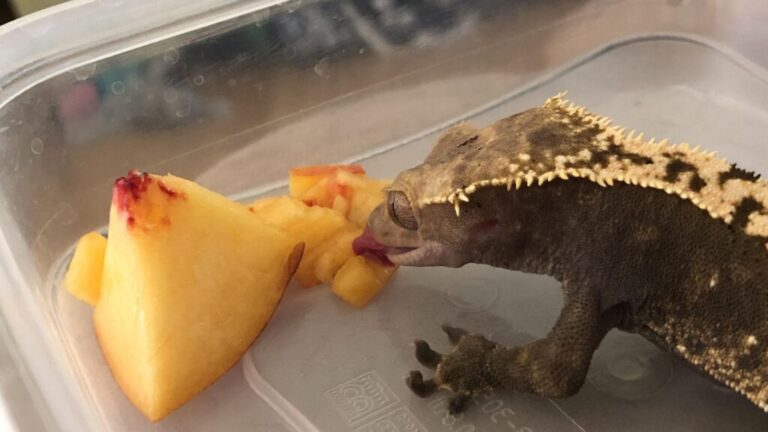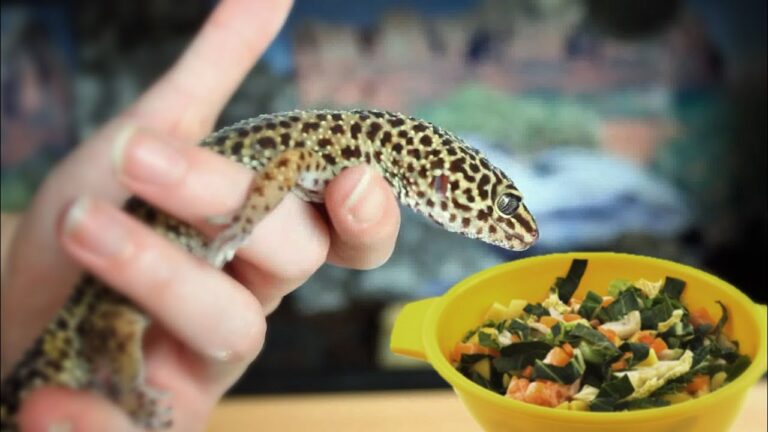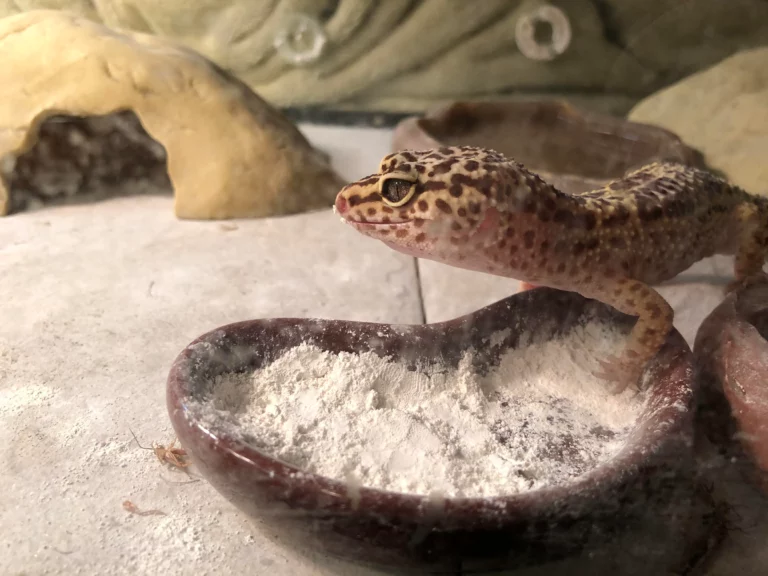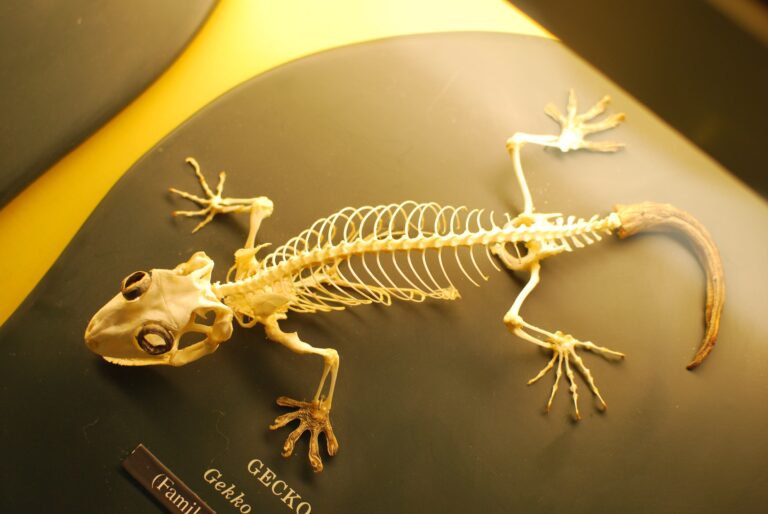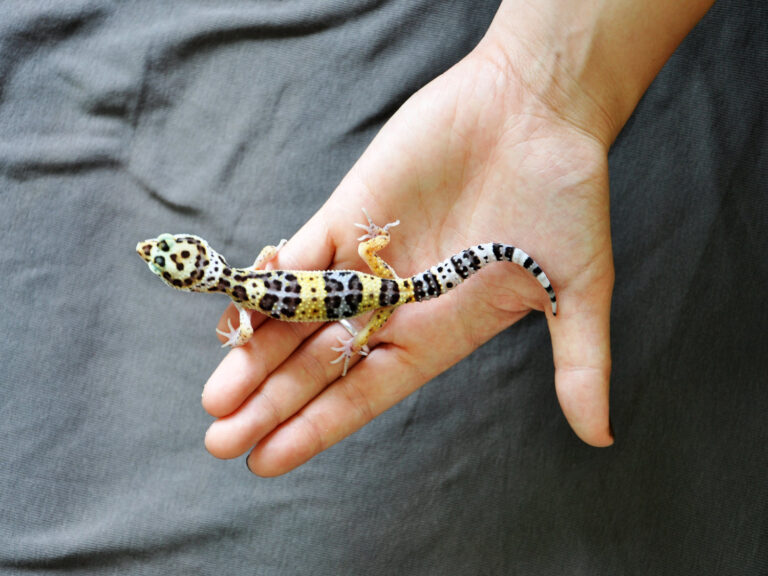How Do Geckos Mate? Unlocking Nature’s Secret
As I ventured into the captivating realm of reptiles and their enigmatic ways, I found myself immersed in a world where courtship takes on a unique and fascinating form. Picture this: a small, unassuming gecko, quietly navigating its habitat, when suddenly, a subtle dance of bobbing heads and chirping sounds unfold before my eyes.
Intrigued, I watched in awe as these reptilian beings embarked on their journey to find a mate, and it dawned on me that the question “How do geckos mate?” led me to a realm of remarkable rituals and behaviors that are nothing short of extraordinary.
When male geckos want to mate, they do a little dance and make noises to impress the females. If a shee is interested, they mate for a few hours. After that, the female lays her eggs in a safe spot.
So, let’s venture into this captivating world, where I will reveal their unique secrets of love and reproduction.
How often do geckos mate?
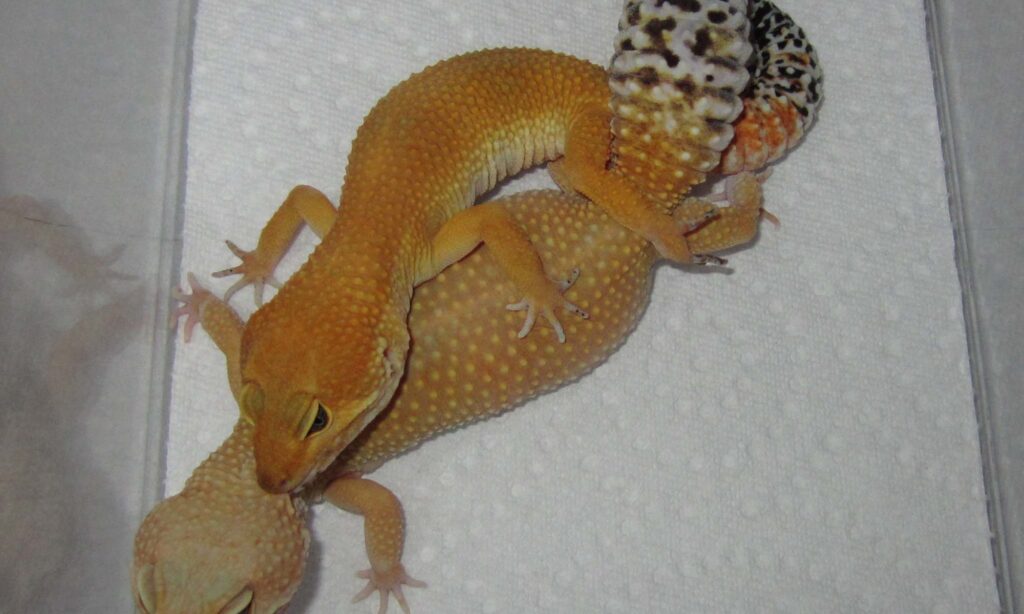
Geckos, even though they usually live alone, come together to mate during a certain season. For males, this season is from April to October, and they try to mate quite often during this time.
Males can mate up to three times a year. , on the other hand, females start their mating cycle in March and can only have babies once a year, just like all geckos.
When a female is ready to have babies, she actively looks for a male to mate with, and she keeps trying. This might make it seem like she’s really eager, but it’s just her way of finding the best partner to have healthy babies.
She won’t mate with males she’s been with before or whose sperm is too old.
What’s The Difference Between Mating and Breeding?
Mating and breeding represent two distinct phases in the reproduction of them. Mating signifies the pivotal moment when males and females engage in sexual copulation, facilitating the exchange of genetic material.
In contrast, breeding encompasses a broader spectrum of activities that go beyond just the act of mating. It encapsulates the entire process of producing offspring, commencing with the initial mating and extending to the meticulous care and management of the female during the incubation period and hatching of the eggs.
Essentially, while mating is a crucial component of the breeding process, it is by no means the sole facet of the intricate reproductive journey.
How Do Geckos Mate?
For geckos, beginning the mating process is a simple affair. The main prerequisites are that both are sexually mature and in good health. If they are six months or older and weigh between 8 and 16 grams, sexing them is simpler.
When you introduce a male to a female, the male often initiates the mating process without delay. This process can unfold over a few days but can also transpire quickly, sometimes within hours. Typically, these nocturnal creatures prefer to engage in mating during the night when they’re more active.
During the mating, male geckos can display rather assertive behavior. They chase the female within their enclosure and assert dominance by gently gripping the back of her neck with their mouth. This can result in visible bite marks, particularly around the female’s head. Additionally, males emit distinctive vocalizations, resembling squeaks and squawks.
The actual mating occurs when the male positions his body parallel to the female. He then uses one of his two hemipenes, which are his reproductive organs, to transfer sperm into the female’s cloacal opening. This copulation typically lasts a few minutes, although it can extend for a longer duration.
After the mating is complete, the male dismounts the female. You may notice something pink or red protruding from the male’s vent – this is the hemipenis, which usually retracts shortly after mating.
Interestingly, females can store the sperm for several months, allowing them to lay multiple fertile eggs. This means you can separate both of them after mating without affecting the potential for future offspring.
Tips and strategies for ensuring a smooth mating process for geckos:
Maintain the Right Male-to-Female Ratio:
- Male can become quite aggressive when they reach sexual maturity. It’s advisable to keep adult separate from one another.
- In breeding scenarios, it’s common to have a pair (one male and one female) or one male with several females, typically up to four.
Implement a Resting Period:
- Allowing your male and female to cohabitate year-round without a break can be taxing for the female and lead to health concerns.
- To replicate their natural habitat, introduce a cooling or resting period lasting 3 to 4 months.
- During this period, you can lower the temperature in their vivarium to around 60 to 65°F (15 to 18°C).
- This gives the female a chance to rest and regain her strength.
Address Bite Marks and Wounds:
- While most bite wounds tend to heal during the female’s shedding process, severe bites can result in open wounds.
- In such cases, promptly separate the male from the injured female.
- Administer antibiotics to treat the wound until it fully heals.
- Once the female has recovered, you can reintroduce her to the male.
Comprehensive guide on the essentials needed for mating and breeding geckos
Mature Gecko Pair:
- To successfully mate you’ll need a pair that’s both healthy and sexually mature.
- Typically, both males and females reach sexual maturity at around 18-24 months of age.
- Ensure both are in good health, with no visible signs of illness or injury, by scheduling a pre-breeding check-up with a reptile veterinarian.
Appropriate Enclosure:
- Provide a suitable habitat for your pets, promoting their overall well-being and successful breeding.
- Create an enclosure with warm and humid hiding spots, a basking area, and zones for thermoregulation.
- Maintain temperatures between 70-85°F (21-29°C) during the day and 60-75°F (15-24°C) at night.
- Include a humidity source like a water dish or misting to keep their skin hydrated.
- Choose suitable substrates, such as coconut coir or reptile carpet, to regulate humidity levels.
- Ensure the enclosure offers enough space for climbing and exploration while being secure and escape-proof.
Balanced Diet:
- A diverse and nutritious diet is crucial for the health of your pets and successful breeding.
- They are primarily insectivores; their diet should consist mainly of live insects like crickets or mealworms.
- Dust the insects with a calcium supplement before feeding to ensure proper calcium intake.
Proper Lighting/Heating:
They require UVB lighting to synthesize vitamin D3, necessary for calcium metabolism.
- Position UVB lights for several hours of exposure daily.
- Maintain appropriate temperatures using heat lamps or under-tank heaters to provide warmth for basking and regulate enclosure temperature.
Egg Laying Box:
- For breeders, egg-laying boxes are essential.
- These boxes should offer a safe and secure place for female to lay their eggs.
- Maintain moisture within the box (but not too wet) to prevent egg drying, aiming for 60-70% humidity.
- Regulate the temperature inside the box (82°F – 88°F) using heat mats or lamps.
- Use a lid to retain humidity and safeguard the eggs.
- Regularly check on the eggs to ensure proper development, preventing mold or bacterial growth.
- Incubate the eggs for approximately 55 to 70 days before hatching.
Observation and Monitoring:
- Regularly observe them for signs of illness or injury.
- Monitor temperature and humidity levels to maintain comfort.
- Behavior observation can help determine readiness for mating and provide insights into the breeding process.
- Always allow them to mate naturally, avoiding forced interventions.
What happens during the mating process of geckos?
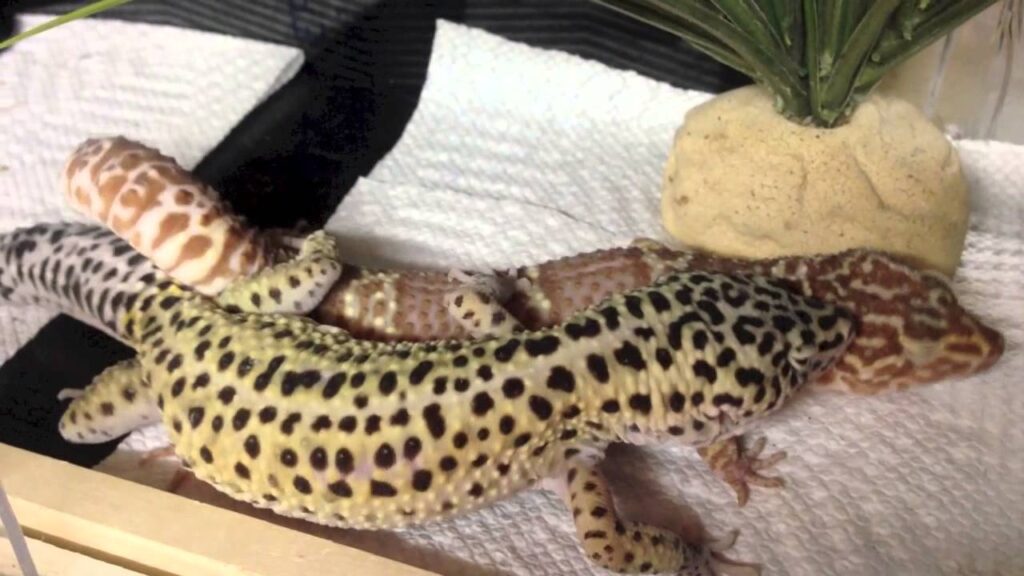
In the world of geckos, the dance of courtship unfolds as males clasp their forelimbs around a female’s neck from behind, creating a delicate arching embrace. It’s during this intimate connection that males release pheromones, igniting the spark of copulation in receptive females.
Following the act, females lay a clutch of 1-6 small eggs, which the male diligently adheres to his body before tenderly burying them in a suitable substrate, usually averaging around 2-4 eggs shortly thereafter.
Remarkably, these are known to engage in multiple mating sessions per day, persisting until they reach a point of sexual satisfaction or dehydration. The timeline for a male to reach this satiation may vary with age but often occurs within 48 hours.
FAQs
What do geckos do when they mate?
Geckos engage in mating rituals, including head-bobbing, chirping, and scale-raising by males. If the female is receptive, they mate.
How long does it take for geckos to mate?
The mating process can last several hours, during which the male and female are engaged in copulation.
What do geckos look like when they mate?
While mating, geckos maintain physical contact, with the male positioning himself parallel to the female to facilitate the transfer of sperm.
How do geckos have babies?
Female geckos lay eggs, usually in a hidden location or nesting box. The eggs hatch after a specific incubation period.
How long are geckos pregnant?
Geckos are not “pregnant” in the mammalian sense. Instead, they lay eggs, and the incubation period for these eggs can vary by species but generally ranges from 45 to 90 days.
Can geckos reproduce without a male?
No, geckos require a male for reproduction. They reproduce sexually, with males fertilizing the eggs laid by females.
Final words
In conclusion, understanding how geckos mate has shed light on their fascinating world of courtship and reproduction. As I’ve delved into their mating rituals, it’s become clear that these remarkable creatures employ unique behaviors to find their mates and ensure the survival of their species.
However, from the distinctive head-bobbing and chirping of the males to the subtle cues that signal a female’s receptivity, geckos have evolved a dance of their own. Witnessing their mating process, which can last for hours, reveals the intricate nature of life in the world.
Furthermore, the way females lay their eggs in hidden nooks or specially designed nesting boxes showcases their commitment to safeguarding the next generation. It’s a journey of life and survival, and I’m left with a profound appreciation for the natural world and the secrets it holds within.

